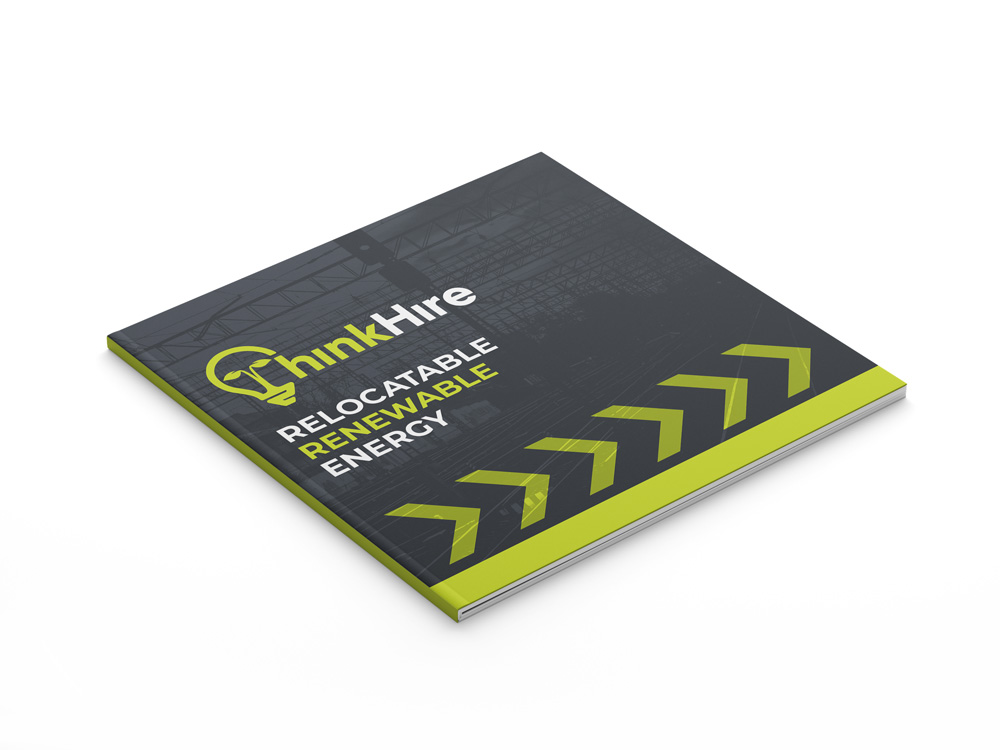How Do Batteries Work?
Date: 24/01/22
Here at Think Hire, we’re proud of our extensive range of solar powered generators and portable battery generators. They can significantly reduce both costs and emissions for any site. However, when it comes to things like site lighting, solar power cells need a little help. After all, you can’t make solar power when its dark, and that’s when you need your lighting.
To make our solar powered site lighting work, we need batteries to store the energy we gather from the sun during the day, so it can be used at night. But how do batteries work, and how can they be recharged to work again and again once their stored energy has been used up?
Battery basics
You may think of batteries as being a fairly recent invention, but their history can be traced all the way back to the 18th century. In 1799, Alessandro Volta created the first battery, using zinc, copper and cloth. He was such a pioneer in the field of electricity that we still use his name today as the unit of electrical potential, the Volt. He discovered that you could use chemical reactions to create a potential difference between two metal plates, storing the chemical energy, then use this difference to make electricity flow.
What are batteries made of?
Portable Battery Generators are made of two different metals, the positive cathode and the negative anode. These are separated by a neutral electrolyte. The two different metals, such as zinc and graphite or zinc and manganese chloride, interact with the electrolyte. These chemical reactions cause the atoms in the anode to release free electrons, in a process called oxidation. Meanwhile, the atoms in the cathode bond with electrons, reducing the number of free electrons, in a process called reduction.
How do batteries work?
As the oxidation and reduction take place, there is an increase in free electrons at the anode and a decrease at the cathode. However, the electrolyte will not allow these electrons to flow between the two to redress the balance, and so a potential difference is created between the two terminals. When an electrical circuit is connected between these two terminals, the electrons flow around the circuit to rebalance the electron distribution in the metals. We use this flow of electricity to power everything from lights to electric vehicles.
How do rechargeable batteries work?
In an ordinary battery, once the chemical reaction has been exhausted, and all the electrons have flowed back from the anode to the cathode, the battery is dead and cannot be used again. This is fine for a torch, but not so practical in a mobile phone or in large site generators. By contrast, rechargeable batteries allow the electrons to be pushed back in the opposite direction, where they recombine with the metal in the anode and restore the potential difference.
That means that when the sun is shining on our solar panels, the circuit it creates pushes electrons back to the anode, creating a potential difference. Then when power is needed, that potential difference pushes electrons around the circuit to the cathode, creating a flow of electricity.
Solar power night and day
Thanks to the work of Volta and his colleagues, you can now take advantage of solar power 24hours a day on your site, cutting costs and significantly reducing fuel use and emissions. To find out more about solar generators for hire and our range of portable battery generators, get in touch with our team today.
